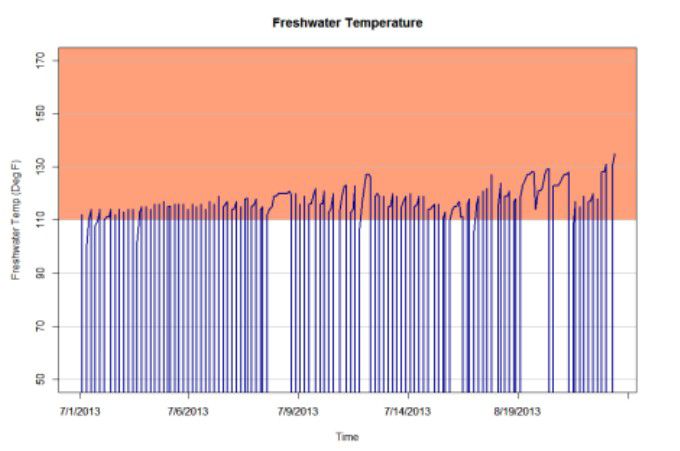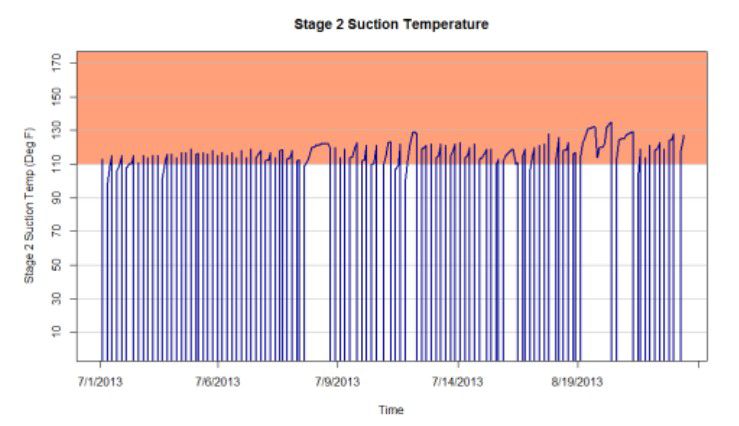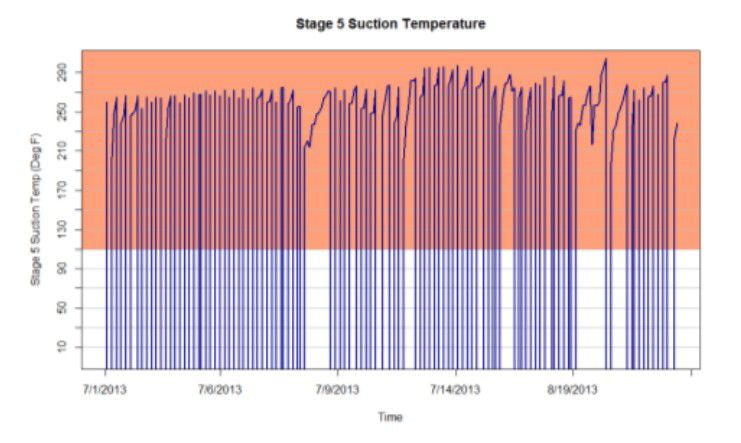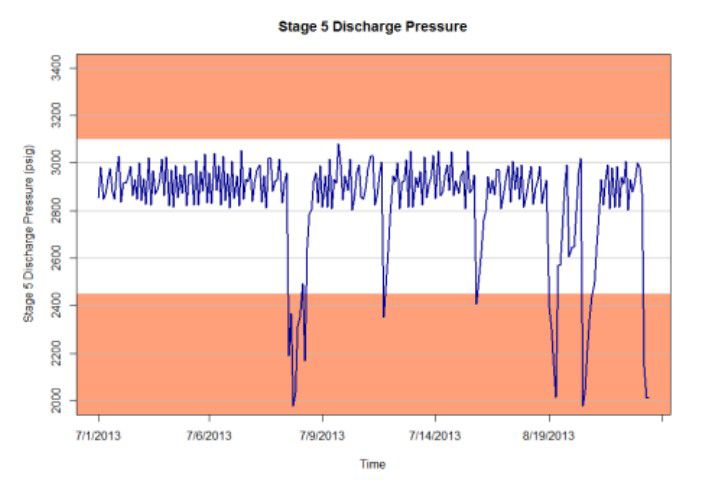

Sign In
Welcome! Sign In to personalize your Cat.com experience
If you already have an existing account with another Cat App, you can use the same account to sign in here
Register Now
One Account. All of Cat.
Your Caterpillar account is the single account you use to log in to select services and applications we offer. Shop for parts and machines online, manage your fleet, go mobile, and more.
Account Information
Site Settings
Security
Cat® Asset Intelligence Detects a Fouled Heat Exchanger
What Happened?
Cat Asset Intelligence uses advanced analytics to qualify raw data into actionable information. Hundreds of thousands of raw data values for each asset are evaluated against a tailored set of rules and intelligently converted into much smaller representative sets of data. Algorithms then determine whether the criteria is met for a fault condition to exist, all without a human in the loop. A Cat Asset Intelligence Fleet Advisor was notified by the system of a number of similar alarming faults, leading to the discovery of a faulted heat exchanger in a high pressure air compressor (HPAC) unit.
What Was the Underlying Cause?
The automated analytics revealed high fresh water temperatures and high suction temperatures at each stage. The rise in fresh water temperature suggests a dirty or fouled heat exchanger in the HPAC unit. A fouled heat exchanger decreases the rate of heat transfer which then results in a rise in fresh water temperature. A rise in freshwater temperature would explain the increase in suction (inlet) air temperatures at each stage. The rise in inlet air temperatures causes a decrease in pressure across the compressor, requiring more energy and time to fill the receiver.
What Was the Value to the Customer?
A fouled heat exchanger costs approximately $3975.10 per year in excess energy. Assuming a simple, linear fouling rate and energy consumption over time, this fouled heat exchanger cost the customer approximately $631.66. Exploring the fleet-wide data, Asset Intelligence discovered this issue is likely present on at least three other vessels. Assuming it takes a similar amount of time to identify and correct the fouled heat exchanger on each of these vessel, it would cost the customer approximately $2526.64. A clean unit runs more efficiently. Using automated analytics to identify a fouled heat exchanger will mitigate these costs of excess energy and lower the required effort from the overall system.



